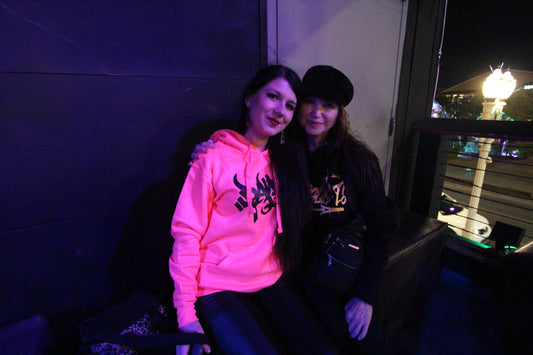
Art or Vandalism? Decoding the Debate on Graffiti
Share
Art or Vandalism? Decoding the Debate on Graffiti
Introduction
Graffiti, a vibrant and controversial form of expression, has long sparked debates over its nature—whether it's a legitimate form of artistry or simply vandalism. Originating from the streets and alleys, this artistic phenomenon has evolved into a global conversation, challenging conventional perceptions of creativity and rebellion.
The Artistic Perspective
Graffiti stands as an avenue for individuals to express themselves boldly and creatively. From intricate tags to sprawling murals, graffiti artists employ diverse styles and techniques, transforming blank walls into dynamic canvases. Renowned figures like Banksy and Shepard Fairey have elevated graffiti into a recognized art form, leveraging their impact to provoke thoughts and emotions.
The Vandalism Debate
However, the debate persists. Legal and ethical aspects surrounding graffiti remain contentious. While some view it as a means of reclaiming public spaces, others perceive it as an act of defacement. Instances of unauthorized tagging on private property often fuel the vandalism argument, blurring the lines between art and crime.
Social and Cultural Impact
Beyond aesthetics, graffiti mirrors societal issues, serving as a voice for the marginalized. In urban communities, it fosters a sense of identity and belonging, addressing pertinent issues through vivid visuals and poignant messages.
Graffiti vs. Street Art
Distinguishing between graffiti and street art is crucial. Graffiti tends to emphasize stylized lettering and symbolism, while street art encompasses a broader range, incorporating murals, installations, and stencil work. Perception shifts have led to a more positive view of street art within the artistic landscape.
Global Perspectives on Graffiti
Graffiti transcends borders, speaking different cultural languages. Its acceptance varies worldwide, reflecting diverse attitudes towards rebellion, expression, and public space usage.
Graffiti's Influence on Mainstream Art
The influence of graffiti on mainstream art cannot be understated. It has catalyzed movements like pop art and contemporary urban art, blurring boundaries between street art and traditional art forms.
The Role of Authorities and Policies
Authorities grapple with regulating graffiti while fostering artistic expression. Initiatives promoting legal graffiti spaces aim to redirect creative energies away from unauthorized tagging.
Graffiti as a Tool for Activism
In many instances, graffiti serves as a powerful tool for activism, amplifying voices and shedding light on social injustices. Politically charged graffiti can spark crucial conversations and mobilize communities.
Economic Aspects of Graffiti
Interestingly, graffiti's impact extends to economics, influencing property values and sparking a market for commissioned murals and graffiti-based merchandise.
Graffiti and Technology
The digital era has birthed digital graffiti, blending technology with traditional graffiti methods, expanding the realm of possibilities for artists.
Challenges Faced by Graffiti Artists
Legal hurdles including imprisonment, lack of recognition, rising costs of art supplies, Dangers and risks associated with the subculture remain persistent challenges for graffiti artists striving for acceptance.
Education and Community Engagement
Education initiatives and community involvement foster understanding, channeling the energies of aspiring artists into productive and legal avenues.
Changing Perceptions and Future Outlook
Perceptions are evolving especially since the early 2000s, hinting at a future where graffiti may be more widely appreciated as a legitimate form of artistic expression.
Conclusion
Graffiti remains a polarizing art form, navigating a complex landscape of artistic freedom and social responsibility. Its impact extends beyond mere visuals, delving into cultural, social, and economic realms, leaving an indelible mark on our urban landscapes.






